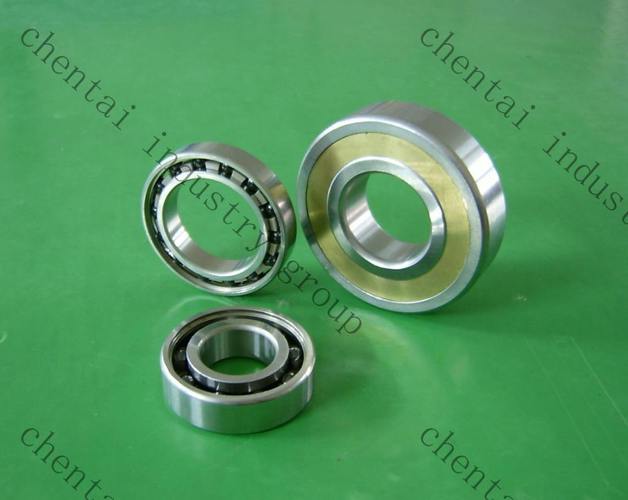Ceramic Bearings Near Me: A Comprehensive Guide to Benefits, Selection, and Local Suppliers
Ceramic bearings are engineered for high-performance applications, offering reduced friction, corrosion resistance, and extended lifespan compared to traditional steel bearings. Ideal for industries like aerospace, automotive, and robotics, they operate efficiently in extreme temperatures and harsh environments. This guide covers everything you need to know about sourcing and utilizing ceramic bearings near you.
1. benefits of ceramic bearings2. ceramic vs steel bearings
3. how to choose ceramic bearings
4. ceramic bearings maintenance
5. ceramic bearings suppliers
1. Benefits of Ceramic Bearings

Ceramic bearings provide unparalleled advantages in high-speed and high-temperature environments. Their non-conductive nature eliminates electrical arcing, while their lightweight design reduces rotational mass, enhancing energy efficiency. Unlike steel bearings, ceramic variants resist corrosion from chemicals and moisture, making them ideal for marine or medical equipment. Additionally, they require minimal lubrication, lowering long-term maintenance costs. Industries such as electric vehicles and wind turbines increasingly adopt ceramic bearings to improve operational reliability and reduce downtime.
2. Ceramic vs Steel Bearings
When comparing ceramic and steel bearings, key differences emerge in durability and performance. Ceramic bearings excel in extreme conditions, withstanding temperatures up to 1,800°F, whereas steel bearings degrade above 300°F. Ceramic's hardness (rated 9 on the Mohs scale) minimizes wear, offering 3-5 times longer service life. However, steel bearings are more cost-effective for low-stress applications. Hybrid bearings, combining ceramic balls with steel races, balance cost and performance. Analyze load capacity, RPM requirements, and environmental factors before deciding.
3. How to Choose Ceramic Bearings
Selecting ceramic bearings involves evaluating material grades (e.g., silicon nitride or zirconia), load ratings, and precision classes. For high-speed applications, prioritize ABEC-5 or higher ratings. Verify the bearing's maximum axial/radial load capacity against your machinery specs. Consider hybrid options if budget constraints exist. Always check certifications like ISO 9001 to ensure quality. Consult local suppliers for customized solutions, especially if you need non-standard sizes or coatings like PTFE for added corrosion resistance.
4. Ceramic Bearings Maintenance
Proper maintenance extends ceramic bearing lifespan. Clean components regularly using non-abrasive solvents to remove contaminants. Avoid ultrasonic cleaners, as cavitation can damage surfaces. Relubricate sparingly with synthetic oils compatible with ceramics. Monitor vibration levels using sensors to detect early wear. Store bearings in dry, temperature-controlled environments to prevent moisture absorption. Unlike steel bearings, ceramics don’t rust, but improper handling can cause microfractures—always use specialized tools during installation.
5. Ceramic Bearings Suppliers
Finding reliable ceramic bearings suppliers near you requires research. Look for distributors with proven industry experience and positive client testimonials. Verify their inventory range, including hybrid and full-ceramic options. Assess logistical capabilities—local suppliers often provide faster delivery and onsite technical support. Request material test reports (MTRs) to confirm product authenticity. Top global suppliers include Boca Bearing, SKF, and NSK, but regional vendors may offer competitive pricing and personalized service agreements.
Understanding ceramic bearings’ benefits, maintenance protocols, and supplier selection criteria empowers you to optimize industrial operations. Whether upgrading machinery or sourcing replacements, this guide equips you with actionable insights. Dive deeper into each section to align your choices with performance goals and budgetary needs, ensuring long-term reliability and efficiency.
Ceramic bearings revolutionize industrial performance through durability, efficiency, and adaptability. By selecting the right type, maintaining them properly, and partnering with trusted suppliers, you can maximize ROI and minimize downtime. Implement these insights to stay ahead in high-stakes industries where precision and reliability are non-negotiable.




 13869596835
13869596835